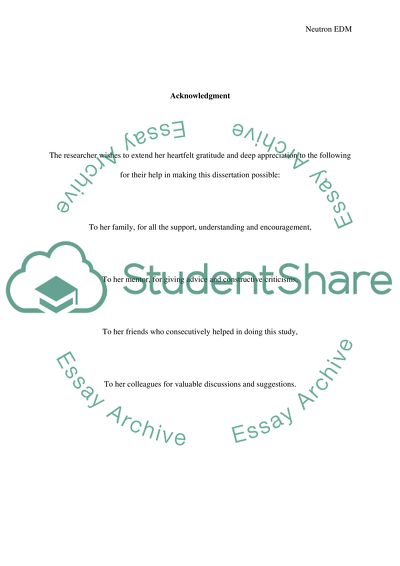Cite this document
(“The Neutron Electric Dipole Moment Essay Example | Topics and Well Written Essays - 2750 words”, n.d.)
Retrieved from https://studentshare.org/science/1568000-the-neutron-electric-dipole-moment-nedm
Retrieved from https://studentshare.org/science/1568000-the-neutron-electric-dipole-moment-nedm
(The Neutron Electric Dipole Moment Essay Example | Topics and Well Written Essays - 2750 Words)
https://studentshare.org/science/1568000-the-neutron-electric-dipole-moment-nedm.
https://studentshare.org/science/1568000-the-neutron-electric-dipole-moment-nedm.
“The Neutron Electric Dipole Moment Essay Example | Topics and Well Written Essays - 2750 Words”, n.d. https://studentshare.org/science/1568000-the-neutron-electric-dipole-moment-nedm.


